 Before becoming a custom wedding dressmaker, I had an unusual introduction to sewing which took me from absolute beginner to sewing professionally for Broadway in only 5 years. I did not learn to sew as a child and I did not attend design school or fashion school. My MFA is in Costume Production.
Before becoming a custom wedding dressmaker, I had an unusual introduction to sewing which took me from absolute beginner to sewing professionally for Broadway in only 5 years. I did not learn to sew as a child and I did not attend design school or fashion school. My MFA is in Costume Production.
When creating costumes for professional theatre, I did not learn to work with standard sizes like they do in fashion. Everything was custom designed and custom made to fit each specific actor. This is a different type of sewing (and one of the many reasons why I don’t call myself a “fashion designer”.)
Fashion Sewing vs. Custom Sewing
In fashion, the idea is to make something that fits the most people possible. When your goal is to sell lots of garments or patterns, it is not possible to create for any one individual. Averages and formulas are keys to fitting the most bodies.
Drafting from fashion textbooks or following courses from fashion-based schools (even if you are learning to “customize” by plugging in some of your own measurements) can be very technical, rigid with rules, math and formula heavy, and often offers very little understanding of how to transfer a specific person’s body onto paper.
When drafting custom, I only need information from the one specific individual’s body and preferences. Industry standards aren’t necessary when you’ve got the person right in front of you. The way I draft and sew is more about creative critical thinking and less about following instructions. I do not use (or customize) textbook calculations. I map people’s bodies.
Learning to draft, fit, and sew using custom methods like mine won’t help you start your own fashion collection and won’t help you make clothes for lots of people. Instead, it will allow you to create one-of-a-kind garments designed only for one specific individual.
Fashion sewing fits everyone in general and no one specifically.
Custom sewing fits one person and nobody else.
Myths of Patternmaking for Home Sewing
I’ve recently learned of the amazing world of home sewing. This creative community of individuals making their own clothes is truly inspirational and keeps me constantly checking Instagram. The home sewing process seems to be a little bit fashion, a little bit custom. Instead of buying ready-to-wear clothes, they buy fabric and sewing patterns!
I’ve noticed a lot of myths in the home sewing community about learning to draft your own patterns. Since home sewing is based in altering from standard sizes and most patternmaking books and classes aimed at home sewers are based in customizing fashion industry formulas, I can see why it might seem daunting.
Based on my professional and personal experience (and nearly 20 years of sewing only from custom drafted patterns), I’d like to dispel a couple of myths for those who do not want to go into fashion and only want to make yourself patterns that fit.
Myth #1- You must be excellent at math and precision.
I’ll come clean. Math was always my very worst subject and I don’t recall ever taking a geometry class. If math was one of my talents, maybe I’d be even better at what I do. But maybe not. In some ways, I feel like my inability to understand and compute math has led me to find other ways to get the results I’m after. It forces me to get creative while mapping people’s bodies and has inspired me to develop my own style beyond the formulas.
Fashion needs patterns to be precise for production because the work is produced by others. There must be a common language learned (which includes specific symbols, charts, and processes) to make sure the patterns are successfully interpreted by everyone who will work with it. Precision is imperative.
If you are only working for you, your system only needs to work for you. Freedom!
Though I support my custom sewing students who love to get super-precise, I’m a little more loosey-goosey. Since bodies are moving changing things, my style of creating custom clothes is rarely rigid.
Myth #2 – You must be experienced at sewing commercial patterns before learning to draft for your body.
Nope. I’ve never completed a garment following a commercial pattern and do not believe the process is a great basis for learning to sew custom. I love teaching beginners to make their own clothes via self-drafted patterns! Many of my experienced students have mentioned being jealous of the beginners who got to learn custom sewing first.
Since I am not altering from a fashion standard, I don’t have to compare myself to the standard and then pinpoint all the ways my body is different. I don’t have to learn “adjustments” with names that coordinate with all of my non-standard body parts. I don’t have to figure out what size I am or learn to grade sizes. The layout, marking, cutting, pinning, stitching, and fitting processes in commercial patterns also seem to be different, with my style being less about speed and more about accuracy and the ability to make changes. Since recently learning details about the home sewing process, there are lots of skills involved that I never had to learn!
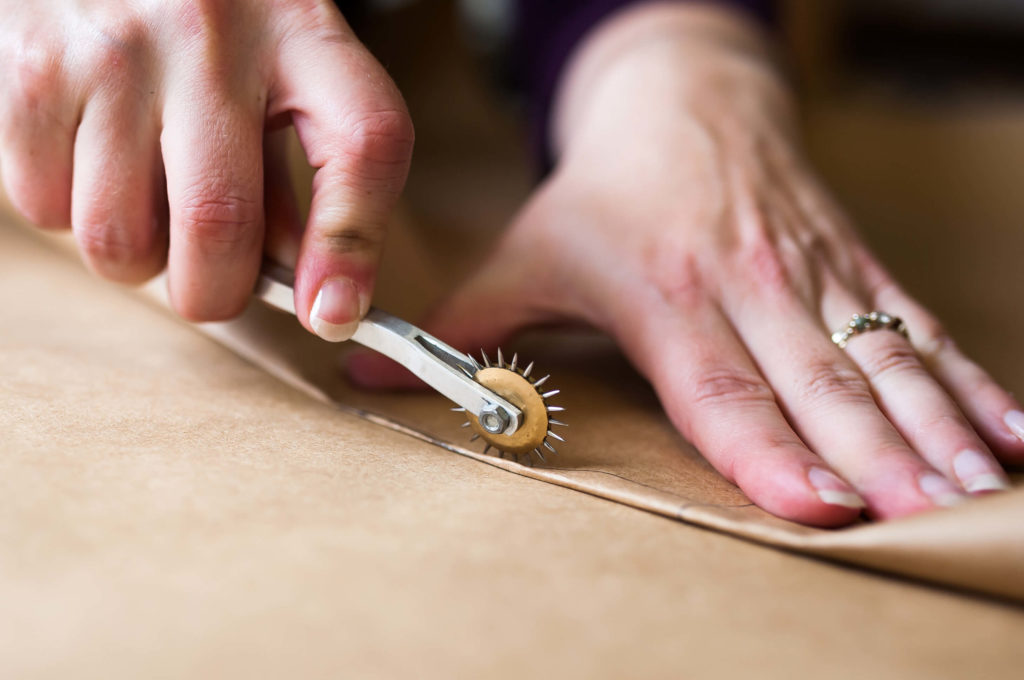 Do you have your own sewing style?
Do you have your own sewing style?
One of the things I love about sewing is there are so many different skills involved (designing, patternmaking, fitting, stitching…) and that there are so many different ways to get these steps done. If you try something that doesn’t suit your fancy, there’s almost always another way!
There are limitations and advantages that go with every type of sewing (and it often depends on who you are sewing for and who will be doing the sewing), but sometimes myths can get in the way of giving something a try. What might be true for most, might not be true for everyone. We all have different goals, histories, talents, personalities, abilities, and bodies… and that is a beautiful thing.
Custom sewing is obviously my jam. Since I’ve seen very little info anywhere about how to do it, I’ve started teaching online! In my comprehensive eCourses, I work together with beginners to garment sewing (or those looking for a fresh start) as they learn to make clothes for themselves using versions of the methods I’ve developed over the years.
Sound interesting? My Intro to Custom Sewing eCourse is Skirt Skills.
Visit www.SkirtSkills.com to learn more about me and my process, see the course breakdown, read the frequently asked questions, check out the tools and supplies list, hear what former students had to say about their experience, and join the Skirt Skills mailing list to stay updated about upcoming sessions.
“Skirt Skills was the tallest, coolest, most refreshing drink of sewing education I have ever tasted. I have found my Jedi Master.” –Najah
NEXT POST: ??? While waiting for my current bride to get married (I don’t start blogging behind-the-seams until after the wedding to keep the dress a secret), I’ll be posting on various topics. If there’s something you’d like me to write about, comment below or contact me! I’d love to hear from you.
SaveSave


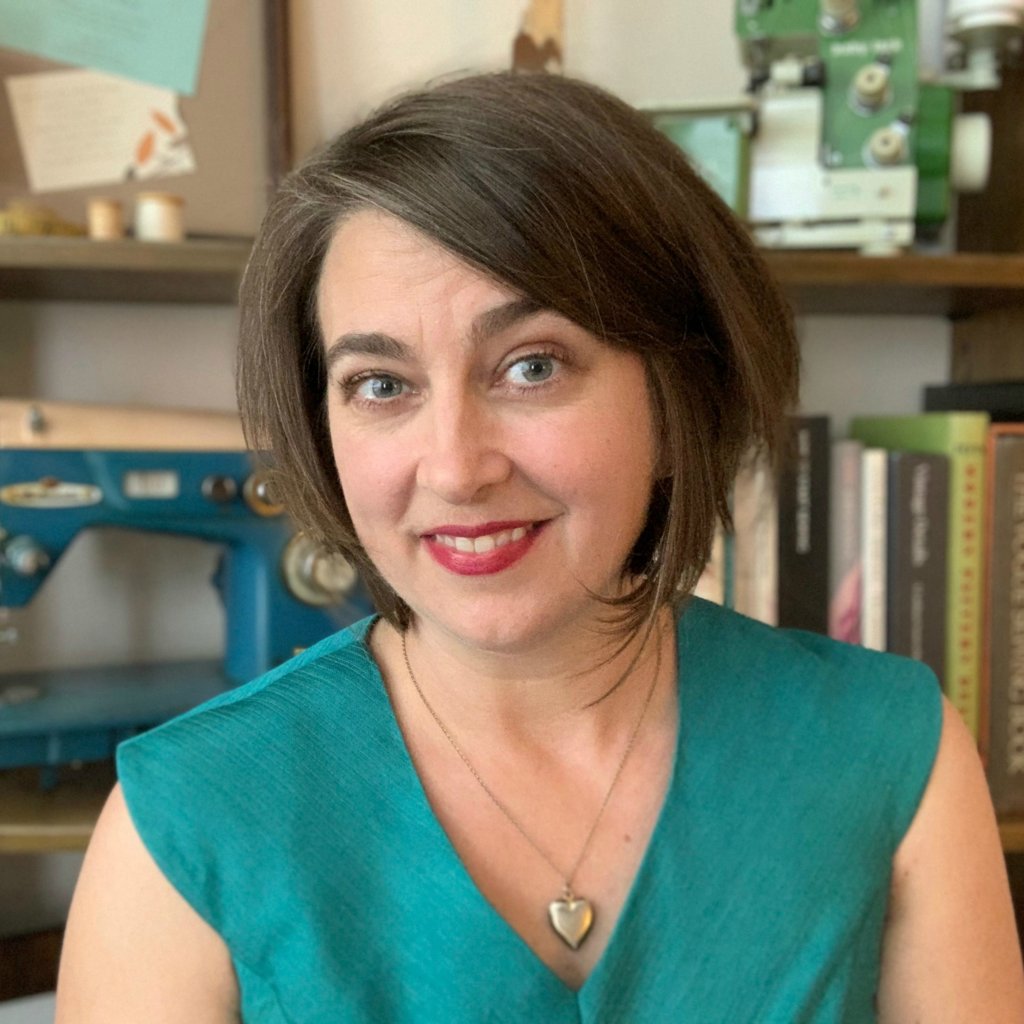

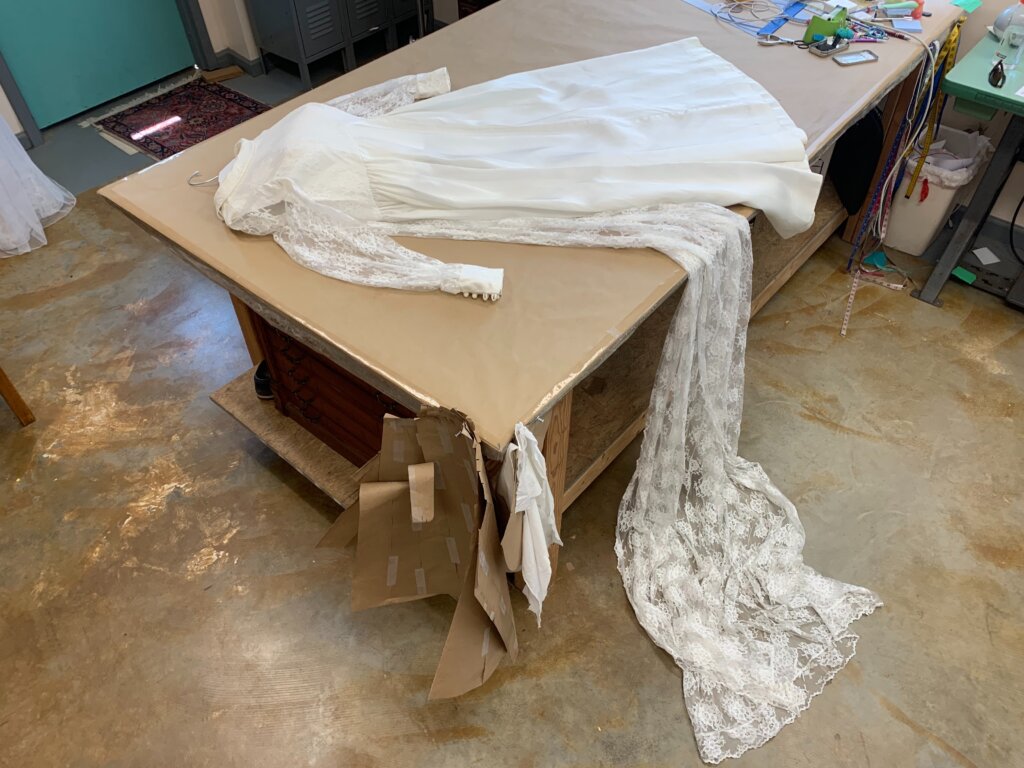
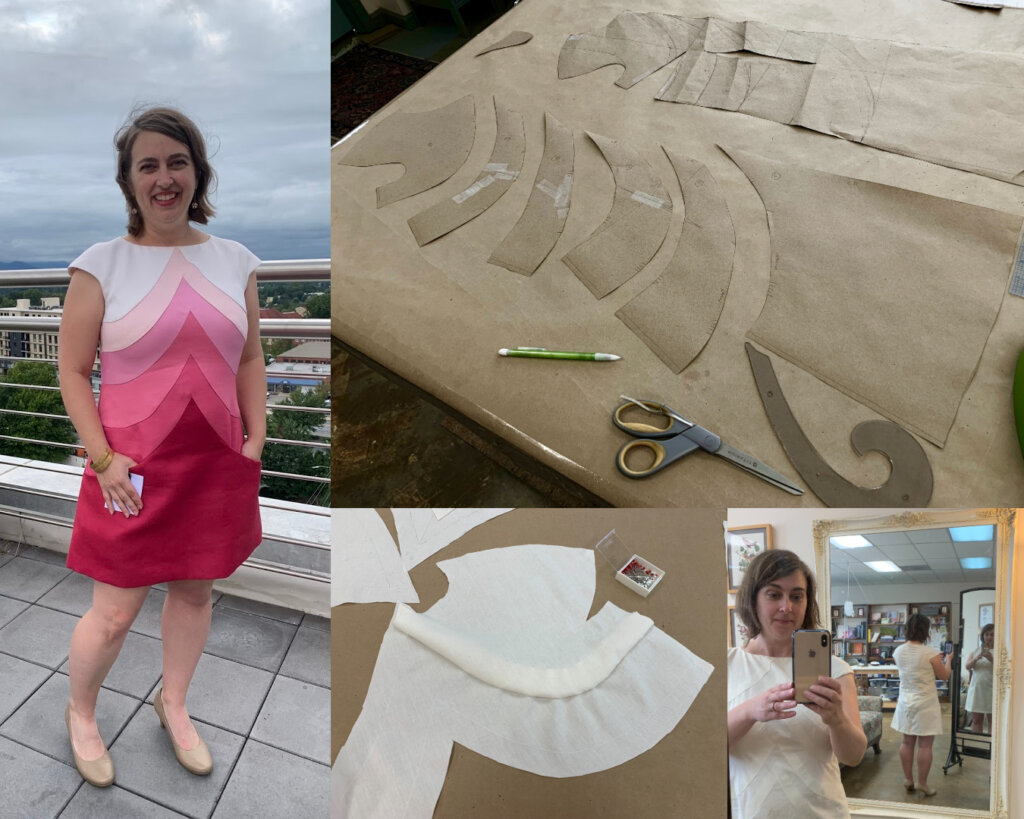
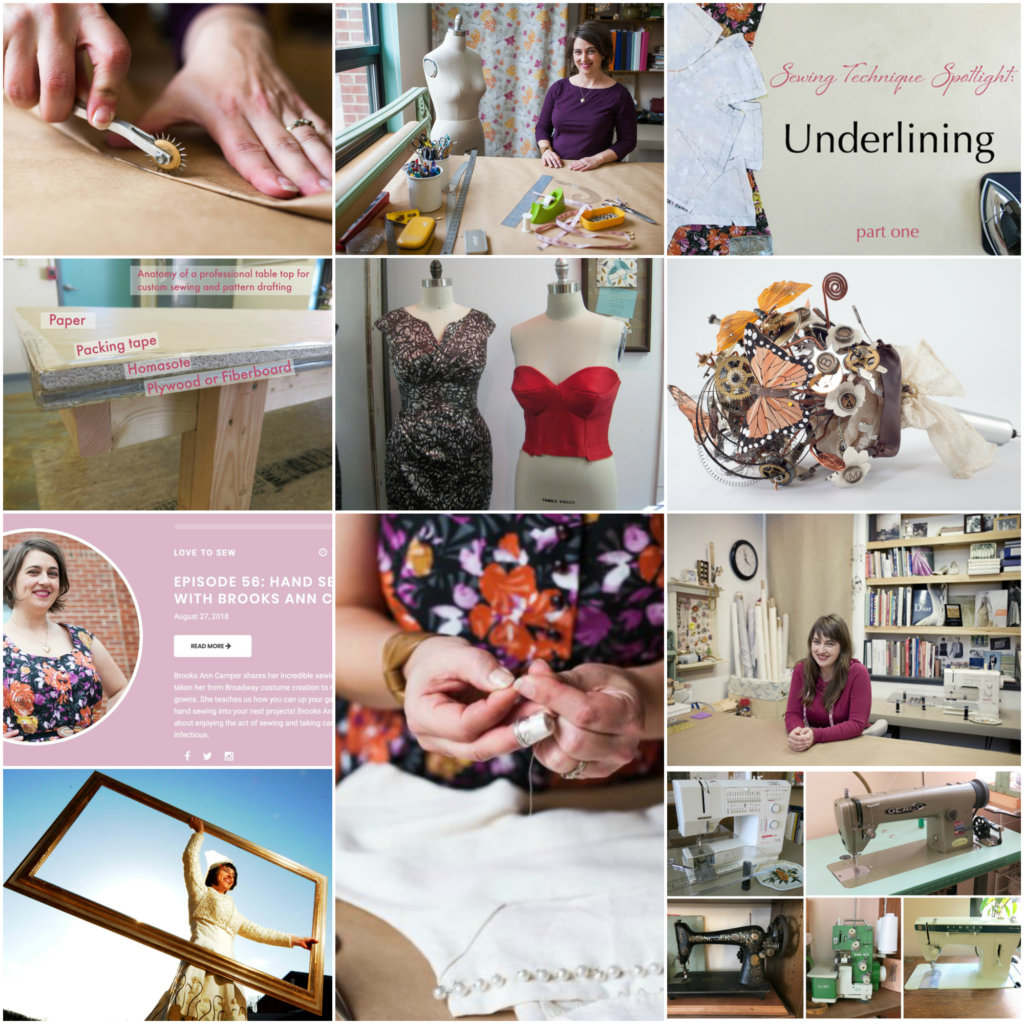
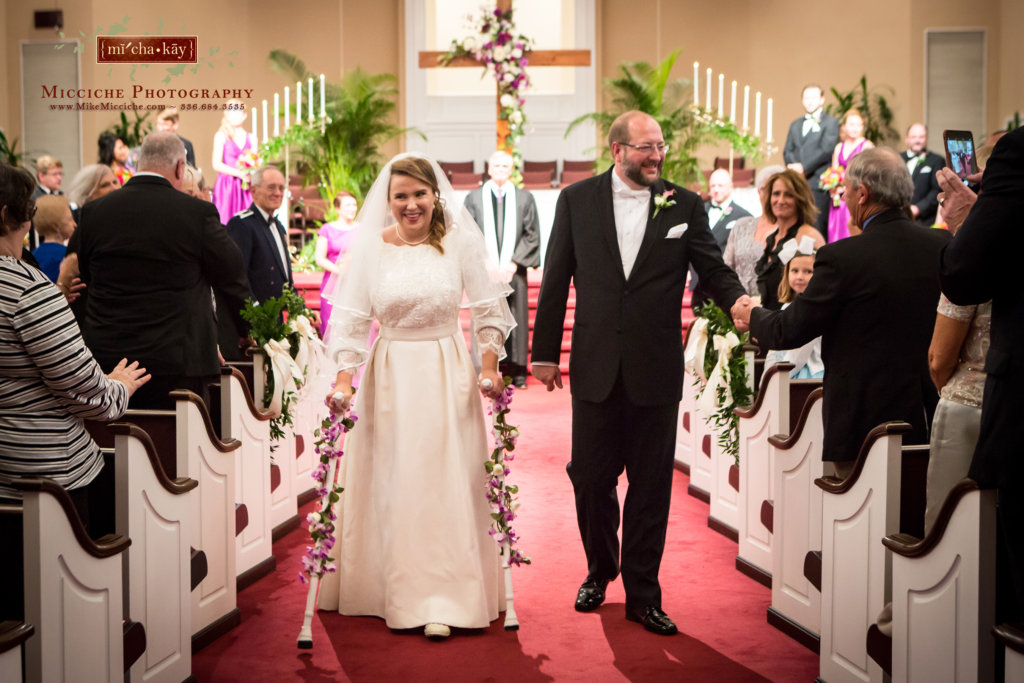
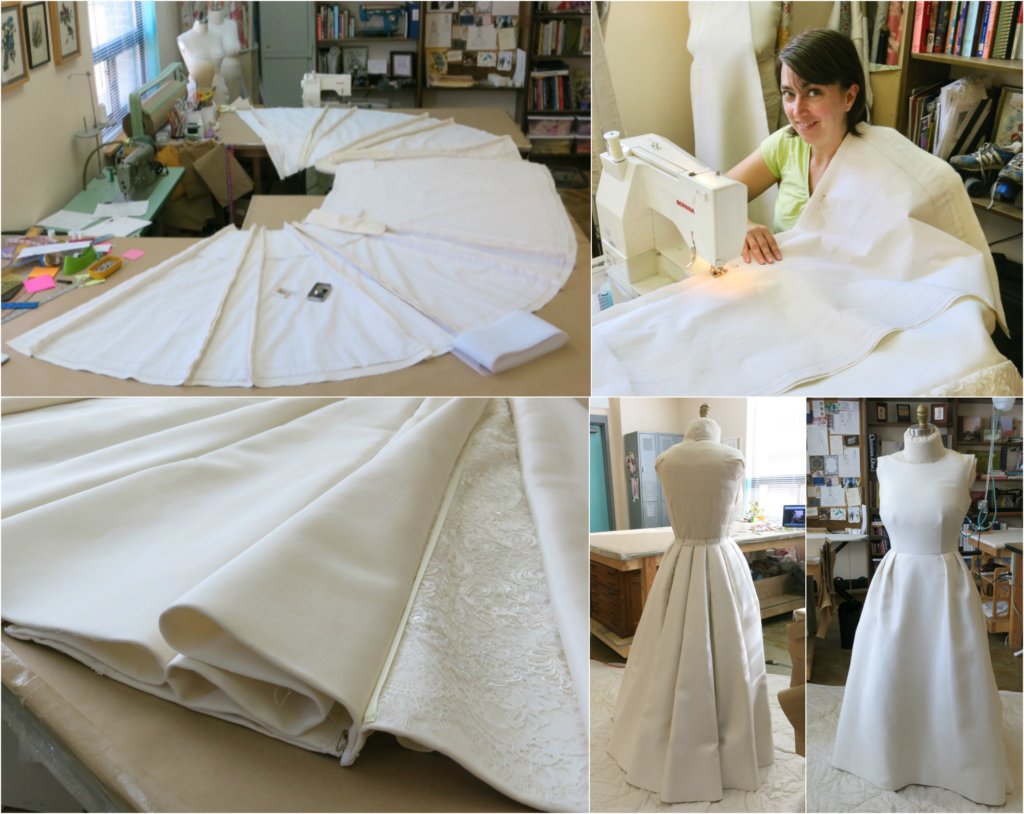

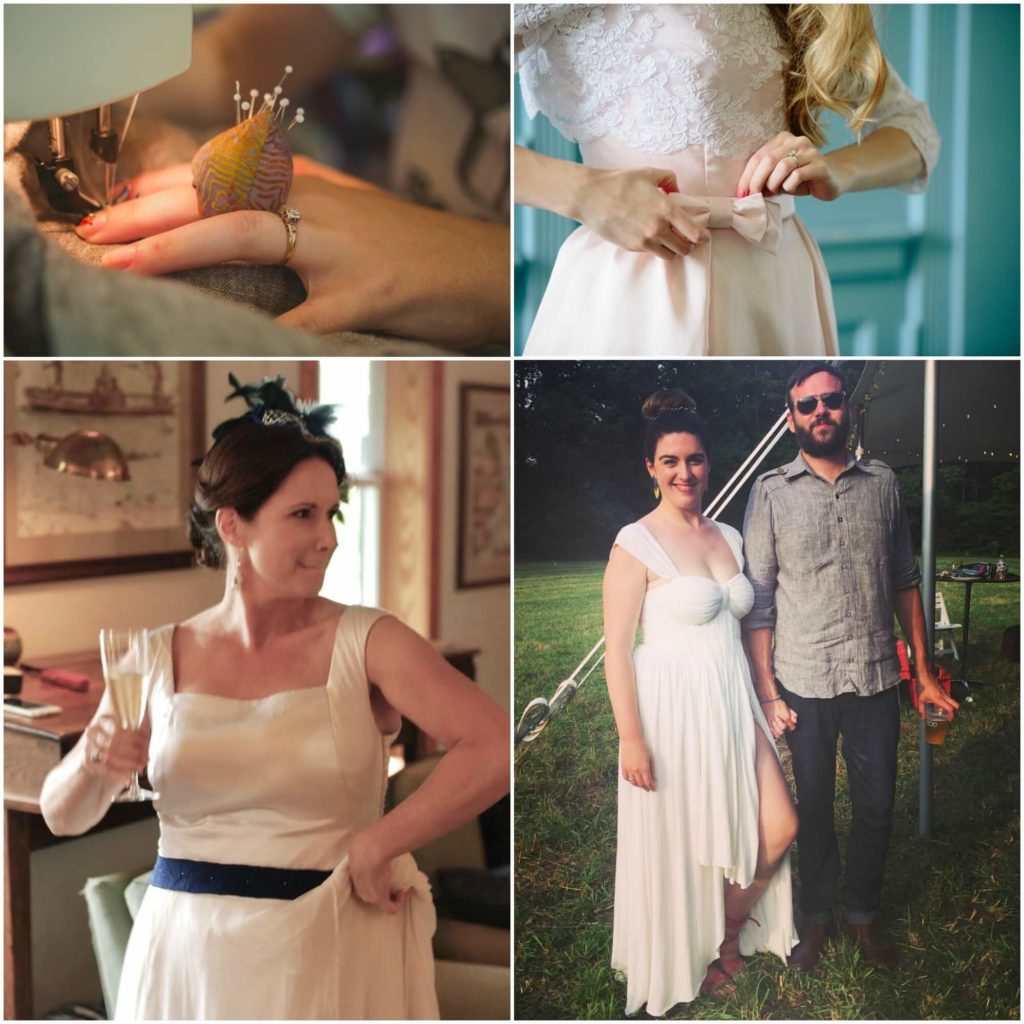
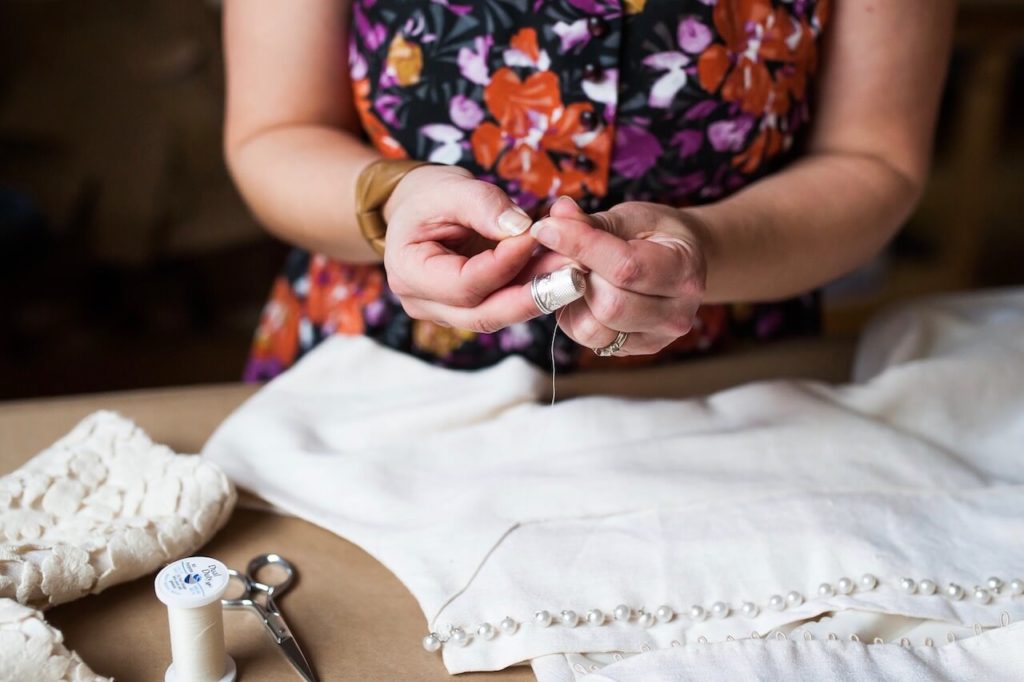
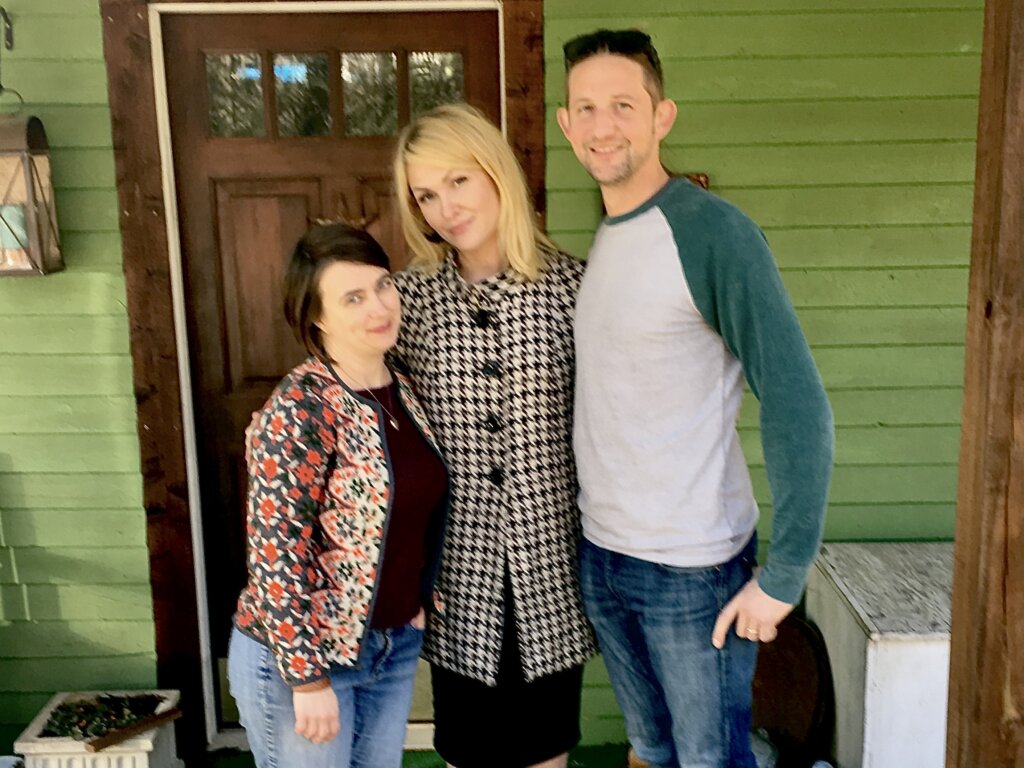
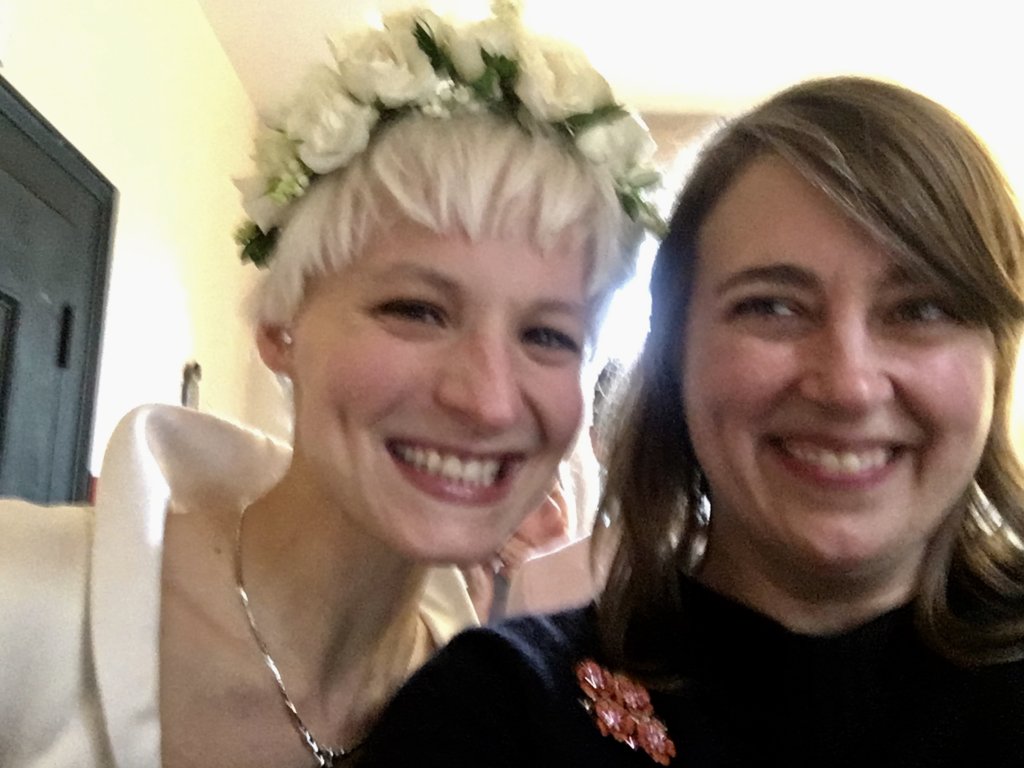


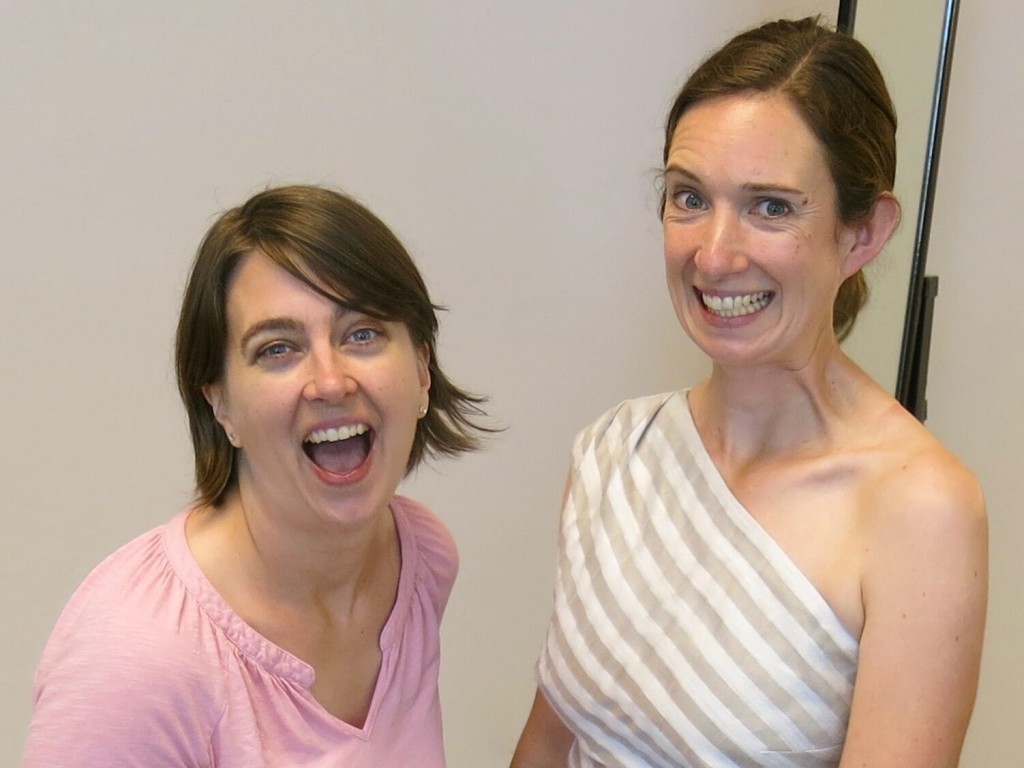
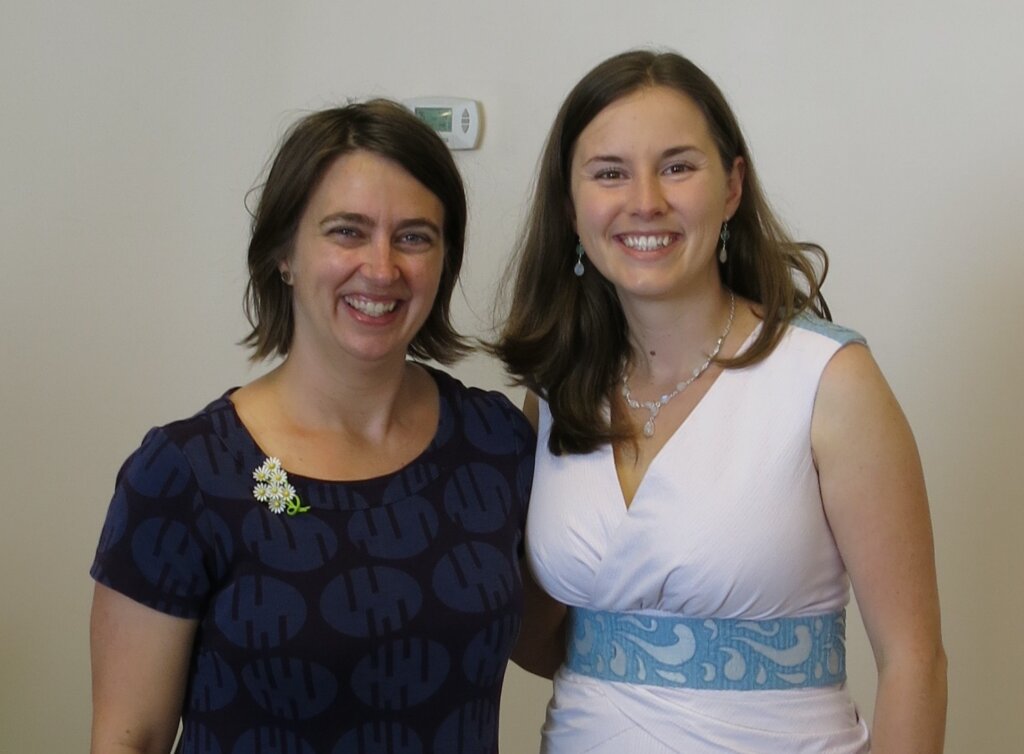
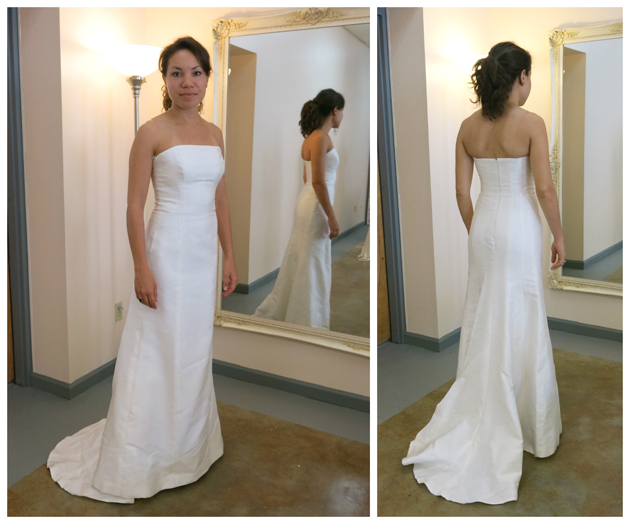
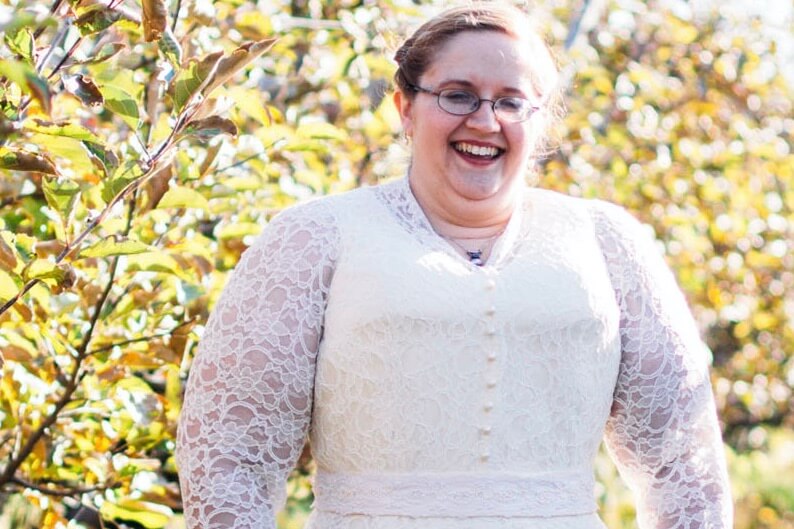

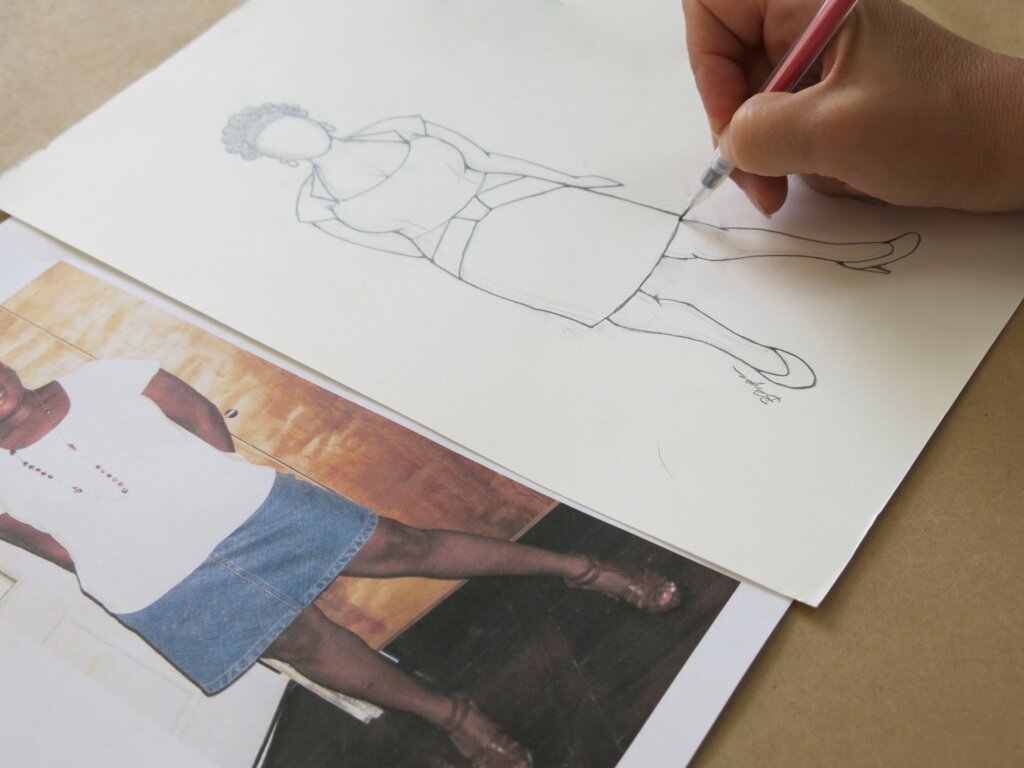
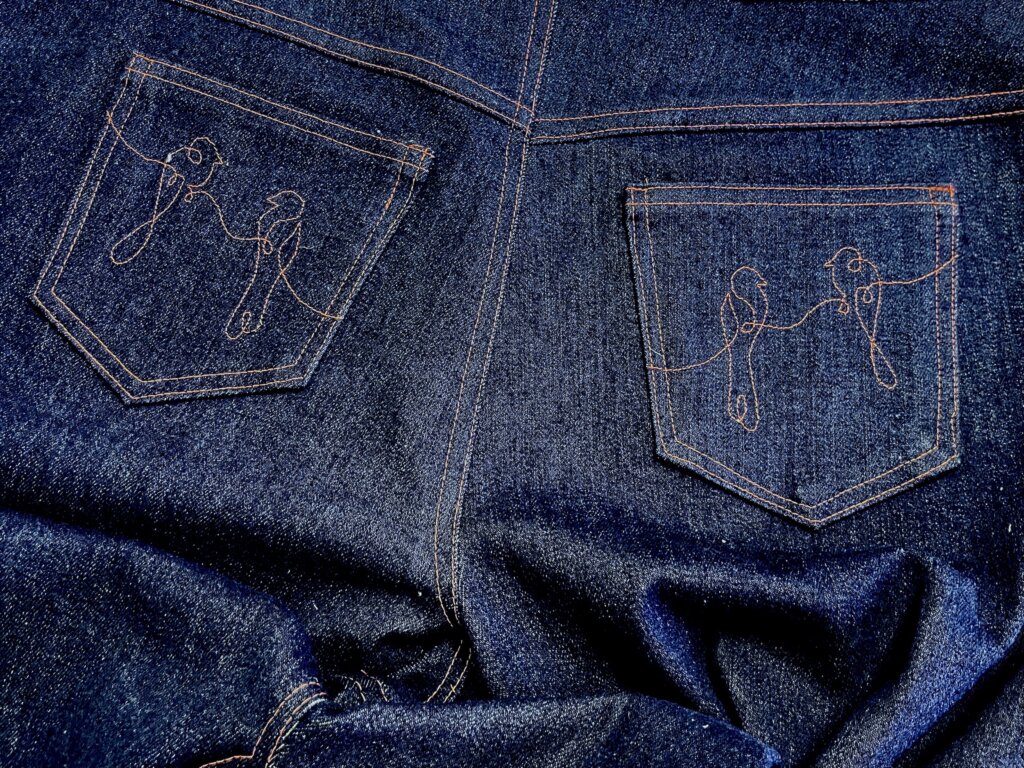
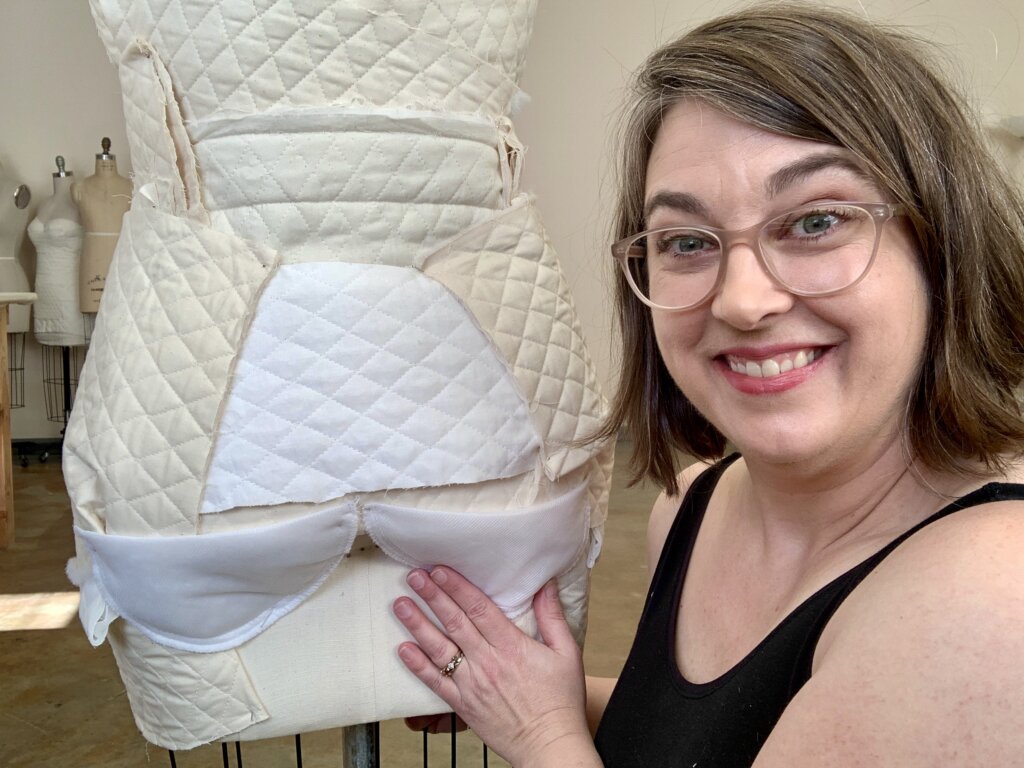

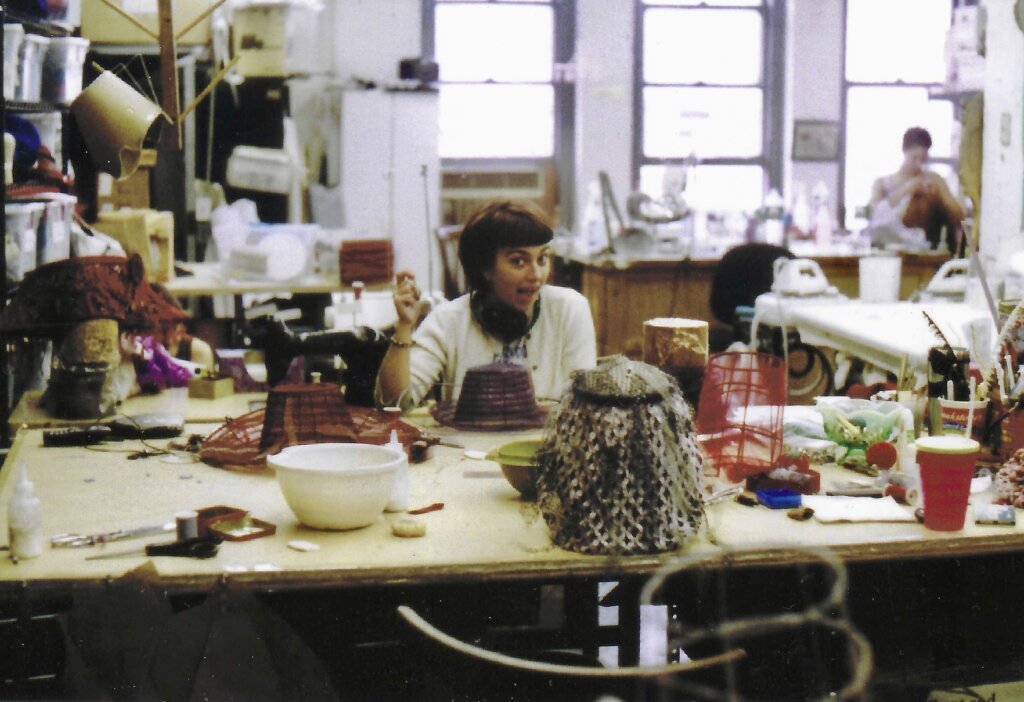
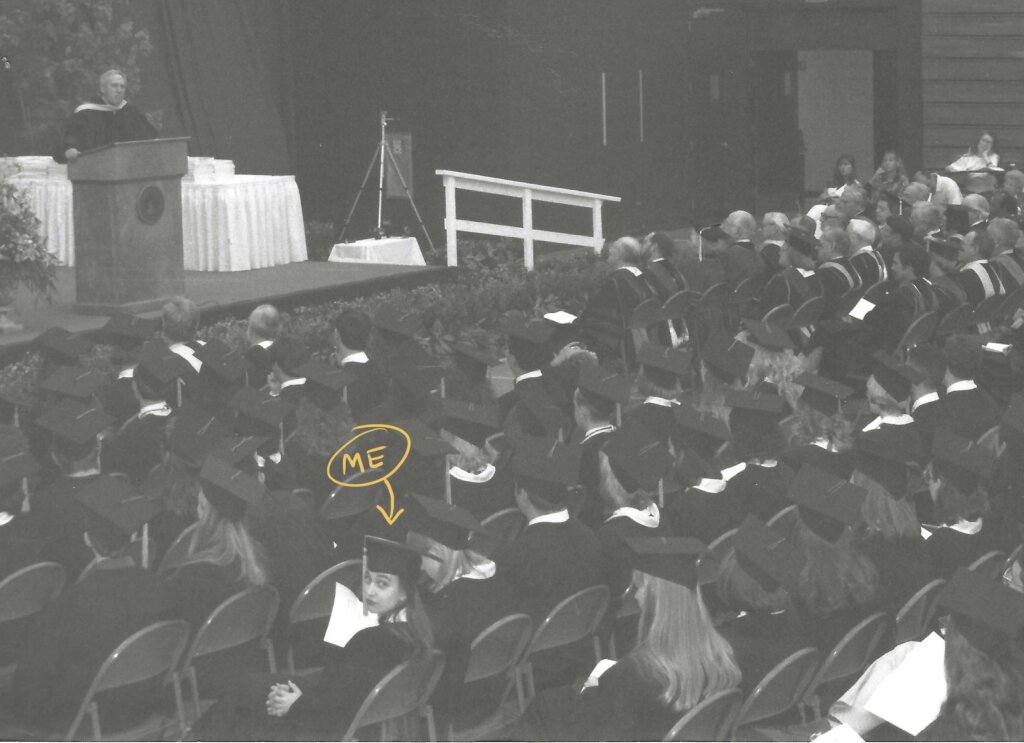
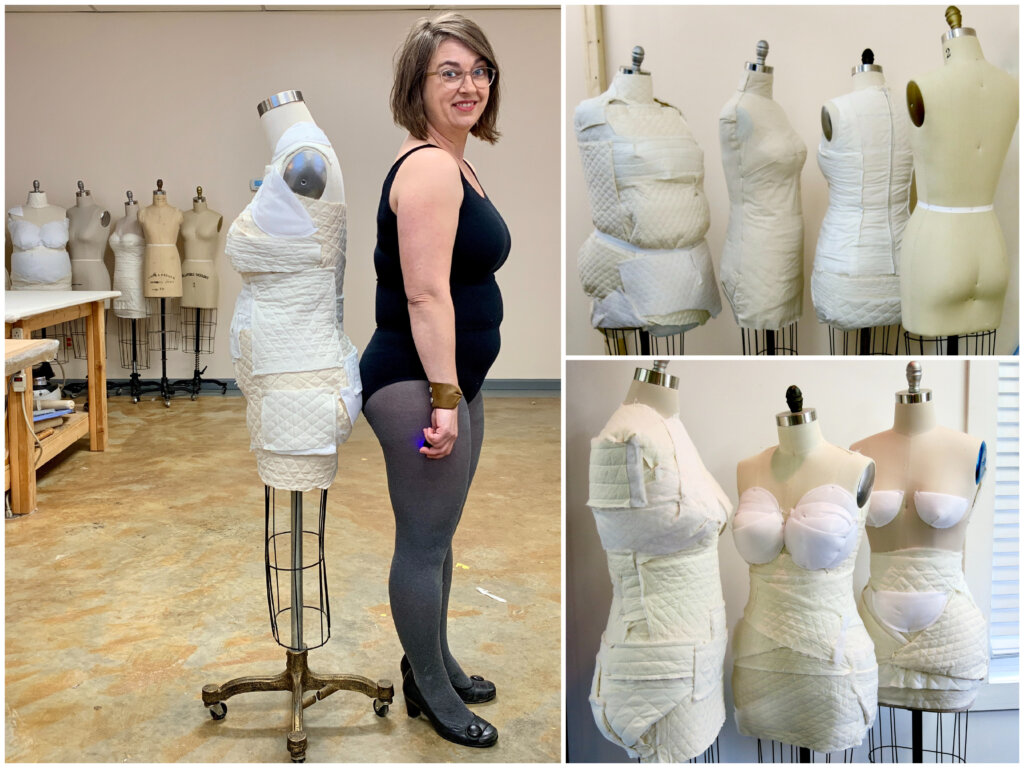

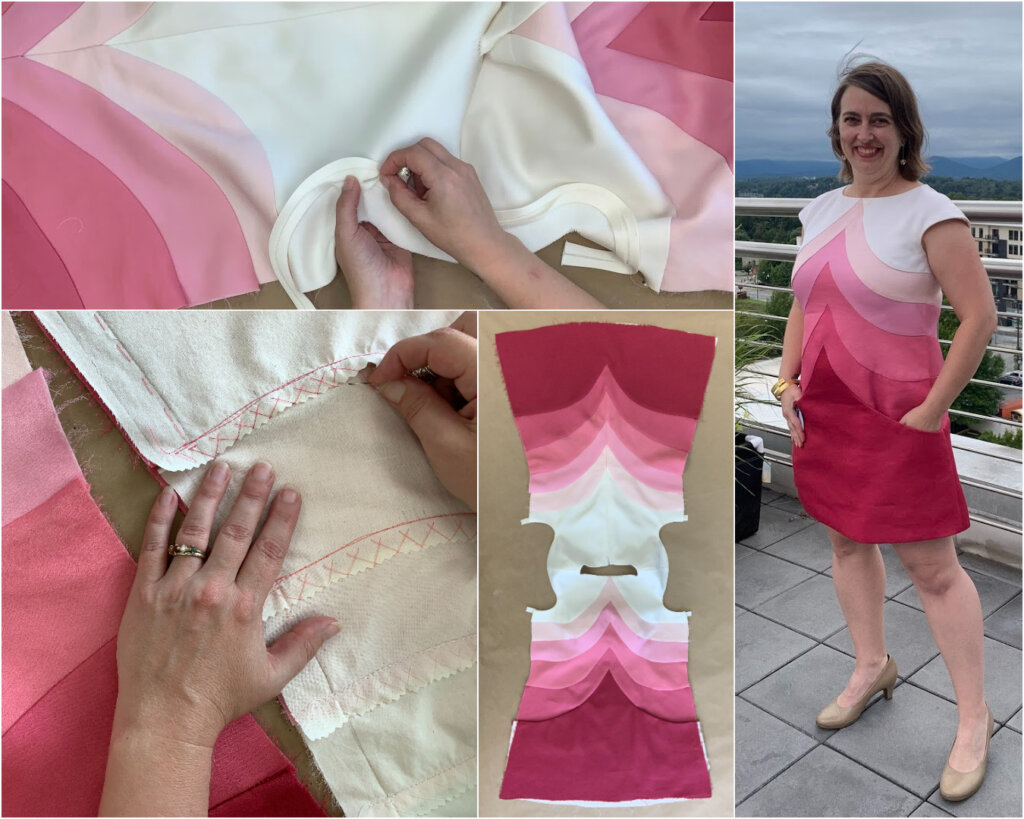
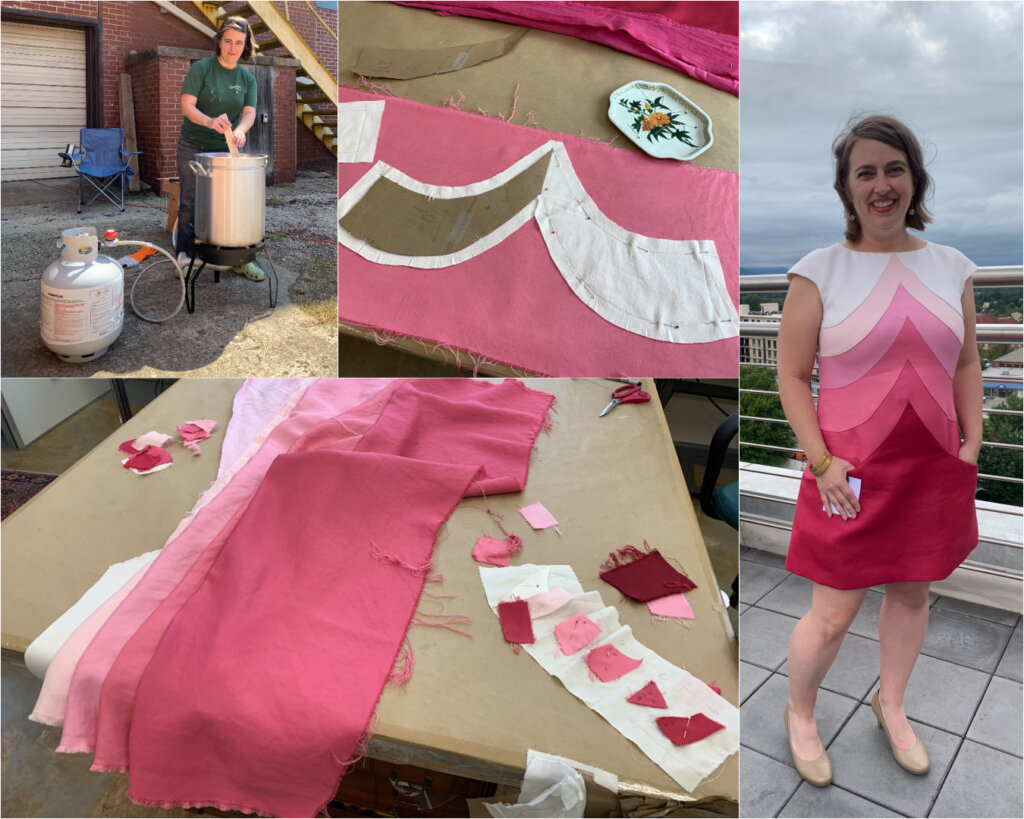

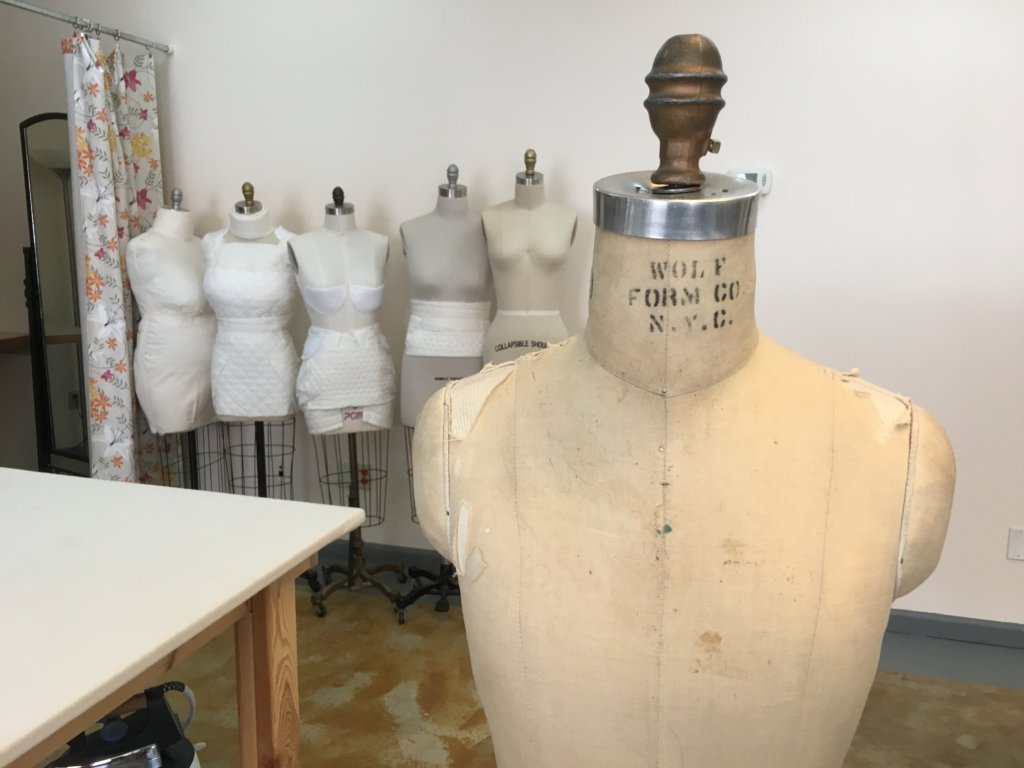
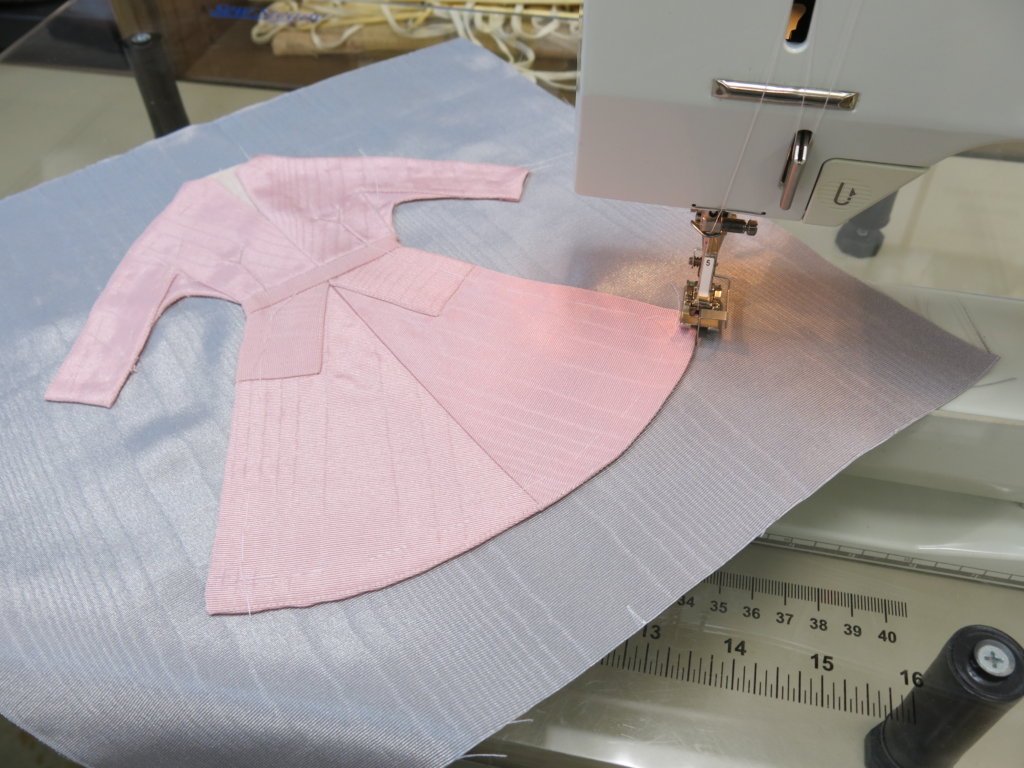


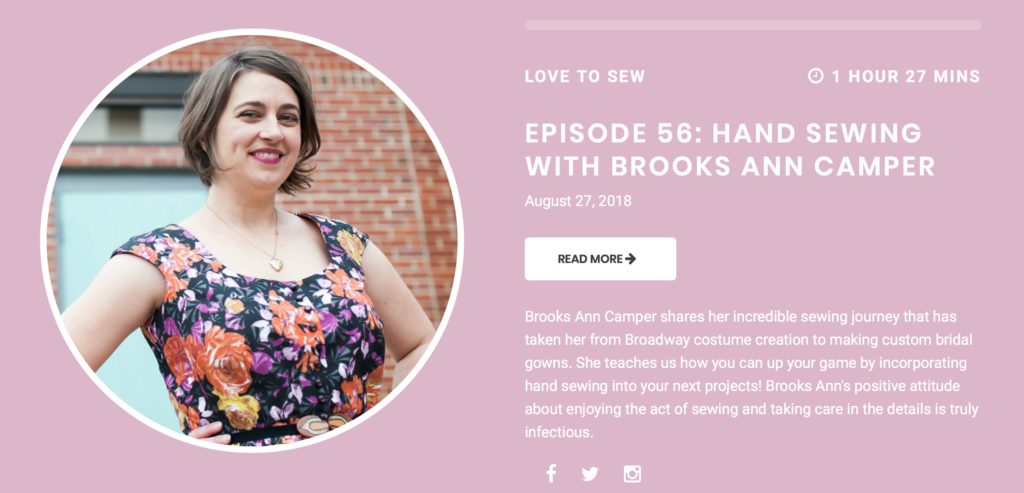

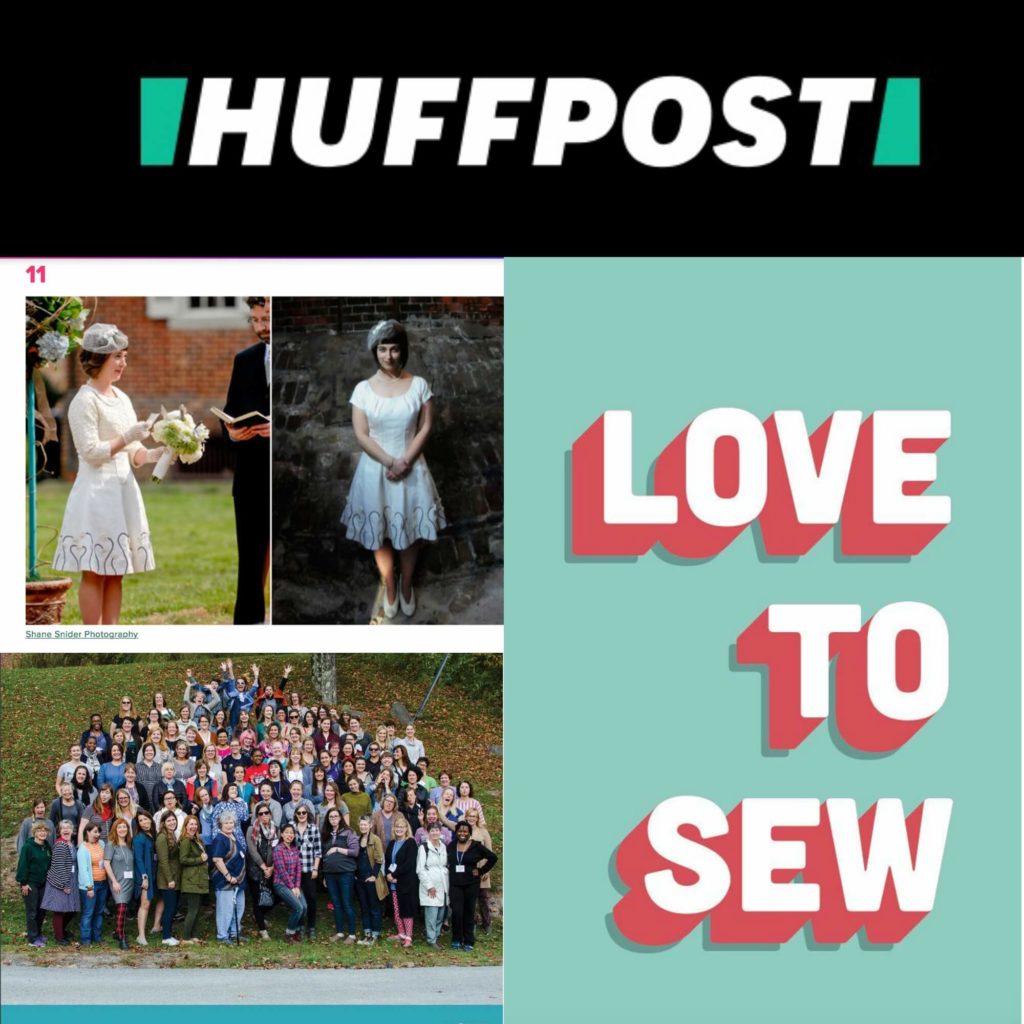
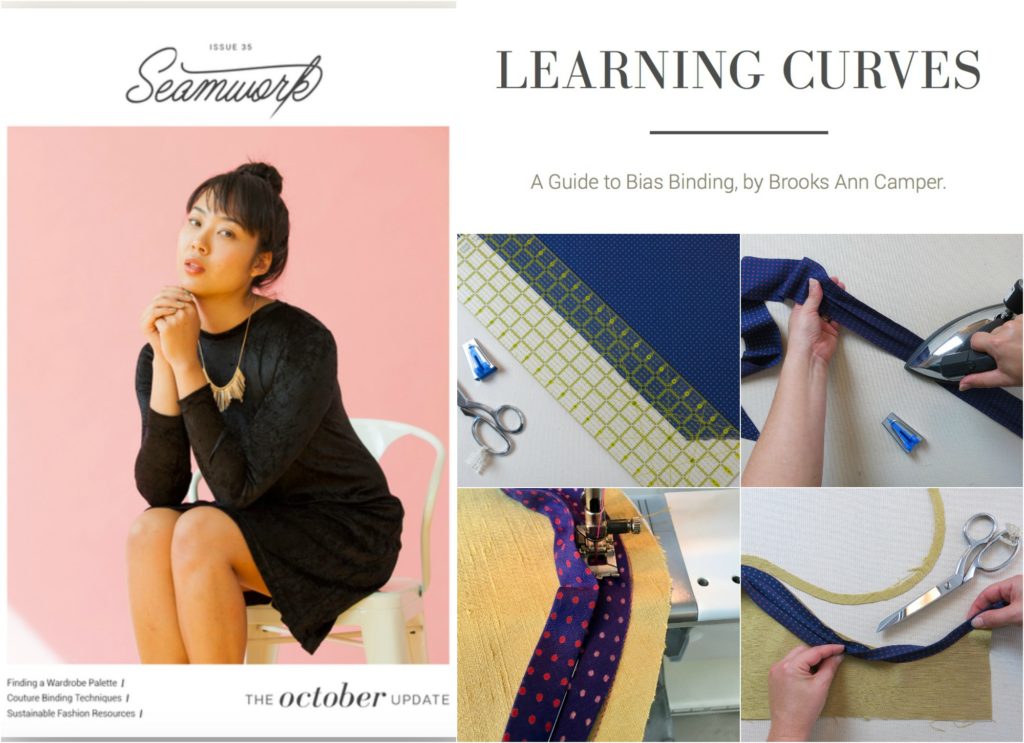
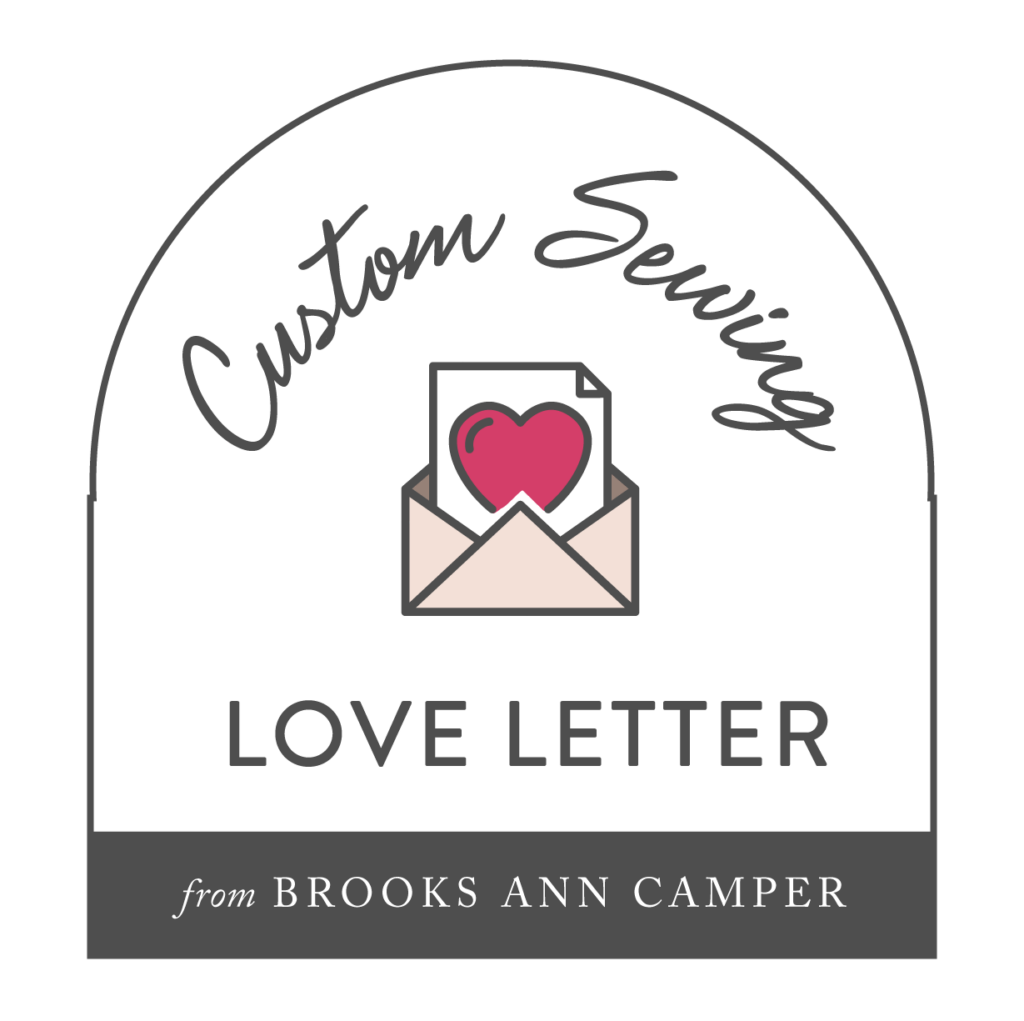
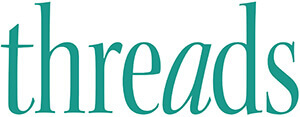







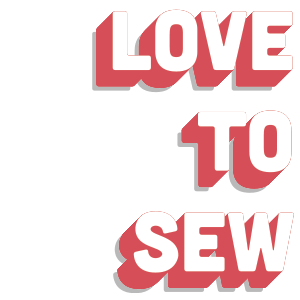
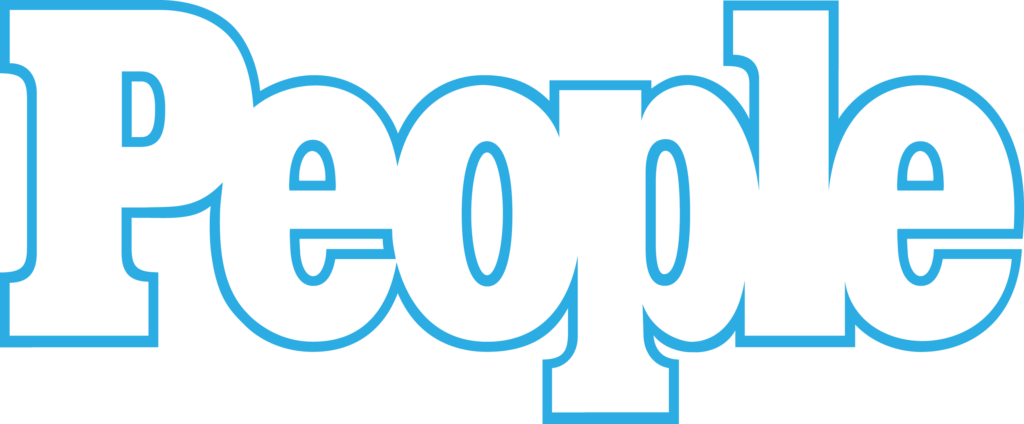
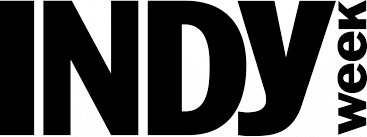


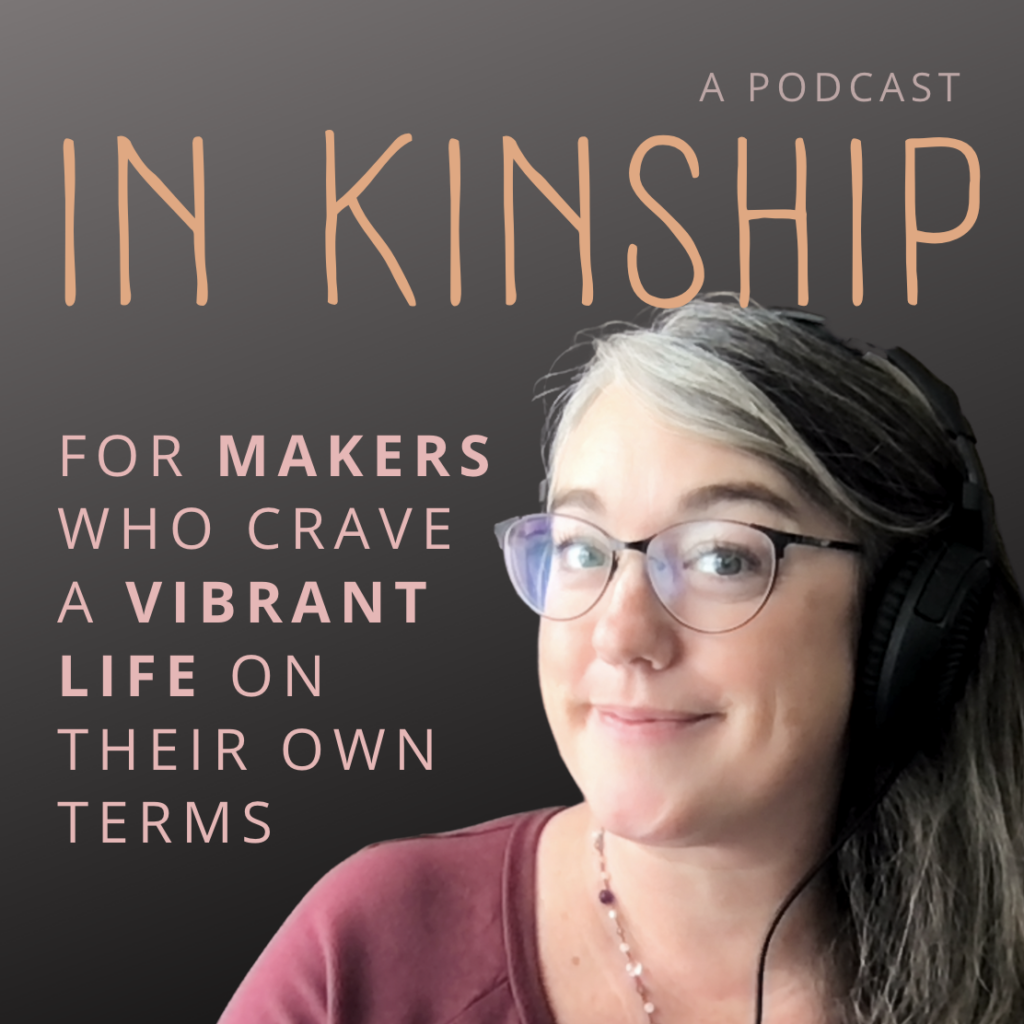


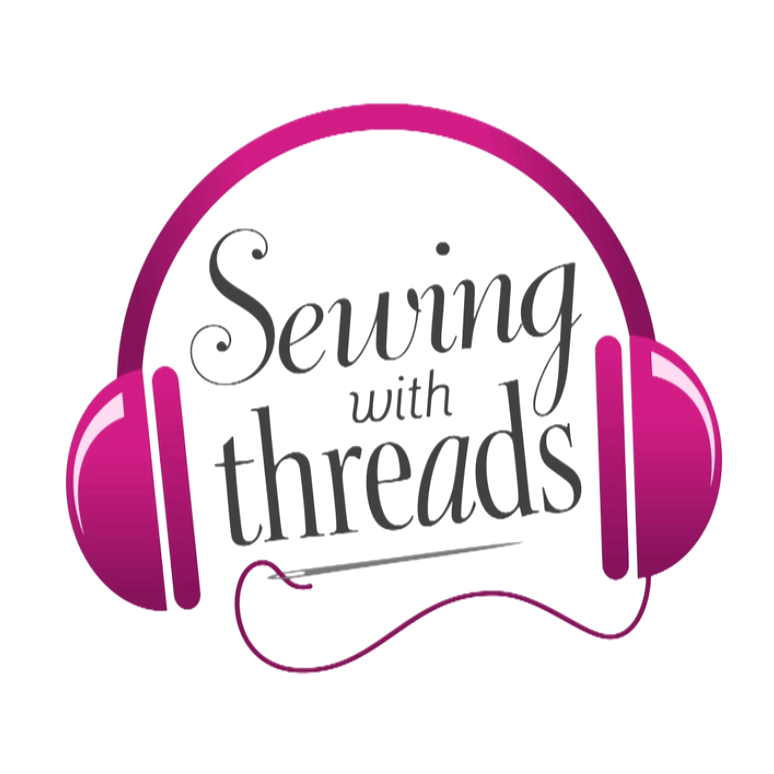
14 Responses
Hi Brooks Ann, I loved reading this post- you clarified many great perspectives, and distinct differences between custom design and fashion design. As a fashion designer, I know we are designing product, and that yes, we are definitely trying to average the measurements and math to make that math conform to as many individuals as possible. And- I tend to be very exact in my math, something my husband, who designs pattern for just himself, will tell you he’s not! And I love how you point out that it can lead to new systems of creativity, because I’ve witnessed people who are willing to not be too tied to the principles and rules make great things and innovate!
As a teacher, it makes me examine my own lens differently. Thank you for sharing your perspectives, as even in education, fashion tends to be very rule and math based. Personally, I want my students to have sewn up some patterns first, because I would want them to have seen patterns and have some understanding of how they are used before designing them. Also- where they are unsatisfied with fashion patterns leads to new developments in their own critical thinking as to where the design could be improved, which creates innovation. However, your article makes me consider that working with a preconceived form can be creatively limiting, and if its custom, why put those limits of fashion on something you make for yourself?
Thanks for sharing your perspectives, I’d love to chat more on these ideas because they are so important as to how folks will approach clothing- from either a custom or fashion based perspective!
Hi Andrea! Thanks so much for your note! I love following your truly inspiring work! You’ve got an awesome passion for fashion and I love that you do you in all that you do. I think we are a lot alike and also very different and the people who want to learn from you are going to be different than the ones who want to learn from me. Being true to ourselves, we can help lots of different people reach their goals. I love that!
Hi Brooks Ann,
I happened upon your site through Pinterest just last week and I love your work and style. I am a self-taught patternmaking fanatic at the moment and I agree with you with fashion sewing versus custom sewing. I can never find clothes that fit me just the way I am, thus, my interesting in patternmaking to make something just perfect for my proportions. I searched you on Instagram a day or two ago and of course, I FOLLOWED you!
I am thinking of going to some design school to learn better about what I’m trying to do as I am learning through books and the internet at the moment. I’m on fitting number 2 of my skirt toile and I’m happy with my progress so far.
I also would like to please know what route I should take: flat pattern drafting or draping? The latter is very interesting to me and I would definitely need a dress form as I can’t imagine trying to drape myself. Ha!
Thank you very much,
Angelina
Hi Angelina! I’m so happy that you found me and are a new fan!
If you are looking to design clothes for others through the fashion industry, then design school could be a good choice. I have no experience in this, so I can’t make any recommendations! If you are most interested in making one-of-a-kind clothes for yourself, then I (shameless self-promotion) recommend joining my interactive online courses. I teach different methods than the ones you’ll learn in fashion design school or in books or tutorials aimed at fashion students or home sewists who are altering from fashion standards. Check out http://www.SkirtSkills.com to learn more about my Intro course and hear what others had to say about it.
In my online custom sewing classes, I teach flat pattern first. That is mostly because many of my beginner students don’t have the space and/or money for a professional dressform in addition to the classes and other supplies needed to get started. I personally love both flat pattern and draping equally! I do plan to create a custom draping eCourse once I’ve gotten through my custom flat pattern series. Just as my flat-pattern based classes start with creating custom Size-You blocks (2D body map tools for pattern making), my draping class will start with creating a custom Size-You dress form (3D body map tool for pattern making). It sounds like you’ll really like both! If you decide to go on your own, start with whichever seems the most interesting to you!
It is truly wonderful to meet you (when you found me on Instagram I noticed and thought you were interesting too. I’m following you as well)! I hope to work with you someday and I hope this helps you on your way to a custom wardrobe.
Happy Sewing,
Brooks Ann
Hi again, Ann,
Thanks for your wonderful feedback.
To be honest, I am quite confused what to do now re: fashion industry vs custom. I am literally just starting out in patternmaking and don’t see my “future” clearly at this point (lol). The little knowledge and skills I have about sewing and a few basics of garment construction was gained through trying to sew simple clothes for my daughter, now 6. I first learnt in 2013 – 2014, stopped for months, started again, and so forth. I didn’t sew anything the whole of 2016. And as we both know, you better than I, patternmaking is a totally different set of skills.
While I’m interested in the fashion industry, I also understand how working with average data will not always satisfy everyone, as I’ve found with myself. On the other hand, it’s good to know both, because one skill will come handy at one point or the other, like I see you employing both.
I have never considered taking online classes such as the popular Craftsy ones as I thought it might be better to interact in person. But you probably know by now that I LOVE your content and style!
I have checked the classes and see myself doing them in the future. The timing for this round is not feasible for me as we will be moving and school hunting for my child at that time. But if it comes up again, I will gladly join! I am based in La Paz, Bolivia, South America (South Pacific island girl married to a boliviano).
Best regards,
Angelina
Awesome! You gotta start somewhere! If fashion sewing or home sewing interests you, there are tons of resources out there. Never been my jam (I actually only know custom- I’ve never done any fashion or home sewing!), but these methods obviously work for lots and lots of people!
More than anything, I want to help people to discover their own personal style of sewing. That’s why I started teaching! I couldn’t find the way I love to sew taught in any books or courses. I knew there would be people out there who would enjoy it who were looking for an alternative to the traditional methods of comparing themselves to standards. However, standard methods are necessary if you are looking to make clothes or patterns to work for a large audience. As long as you reach your goals, no method is better than another! (Yet, learning them all might be confusing/overwhelming!)
I do hope you’ll join my interactive online courses whenever you can (they are quite different from a “Craftsy” experience!) Join the Skirt Skills mailing list to stay informed about upcoming and future sessions. Your curiosity leads me to believe that you’d be a great fit!
Keep in touch!
Brooks Ann
Thanks! I’m leaning towards custom, first and foremost, because I need customised clothing. Fashion sewing would be good to have on the side. I haven’t even touched a commercial pattern because the number of pattern adjustments would be crazy.
I’ve actually gotten requests from lady friends to sew even suits! Hahaha! LOL! I literally said it is out of my skill and knowledge range. And to myself, I whispered “and comfort zone!”
I am definitely a candidate for your classes. I’m convinced, first with your work (blog, photos) and now, reviews from students.
I will subscribe to the mailing list to be updated in the future. As of Dec, we will move and start a house hunting process, as well as school hunting for Feb 2018. But after that, I should be free and eagerly awaiting the next class!
Keep being inspiring. I will be in touch.
Angelina
Hi Brooks,
I do clothing alterations currently from my home. I learned to sew from patterns many years ago but would love to sew for myself, however, I’m not getting the results expected unless it’s an easy t-shirt. I would love to stop buying patterns that I always need to adjust unsuccessfully. Would your course help me to fit and design for myself (and my full-figured sister)?
Hi Linda!
My courses are designed for women with non-standard figures who want to learn to sew custom clothing for themselves. You sound like you’d be a great fit! Sign up for the mailing list so you’ll be notified as soon as registration opens and let me know if you have any more questions.
I have been following you for a couple of years. The timing has never quite worked out to take your skirt skills class. It’s on the list. ????
I am very jealous of the way you learned to sew. I am 51 and learned the “traditional” method using a pattern. I have fought my whole
life trying to make garments that fit the way I want them to. And as I have gotten older and even less “standard” in sizing, my frustration has increased. I am so great full for the internet! It has been very helpful. But, there is one area of fit that is currently driving me crazy. I have problems with the shoulder, armhole, back area. I would love to see a class from you on drafting and fitting a basic tee style woven top.
Keep up the great work! And thank you for your insights.
LaPriel
Hi LaPriel! Thanks for following along!
I am working on a custom-fit bodice class as we speak! The Intro eCourse Skirt Skills is its prerequisite (just like with Smarty Pants), but I plan to offer the inaugural run of Top Class in just a few months. I hope you’ll join both someday soon!
I have always loved sewing and grew up using patterns, that’s what my mom did so that’s what I did. A few years ago decided I wanted to learn to sew without patterns. I’ve made a ton of mistakes, but I’m starting to figure it out. I didn’t know there where others out there like you that I could learn from! I look forward to learning more!
Custom sewing is a trial-and-error process, so “mistakes” are to be expected and welcomed! It’s more about figuring out a fun puzzle, than it is about following instructions. Sounds like you are doing a great job. Keep in touch!
I had the pleasure of reading your blog and I must say it was both useful and enlightening. You skillfully debunk common misconceptions about pattern-making, shedding light on the real essence of this intricate craft. Your friendly and approachable writing style makes it delightful to read, and I appreciate how you emphasize the importance of practice and patience in developing this valuable skill.